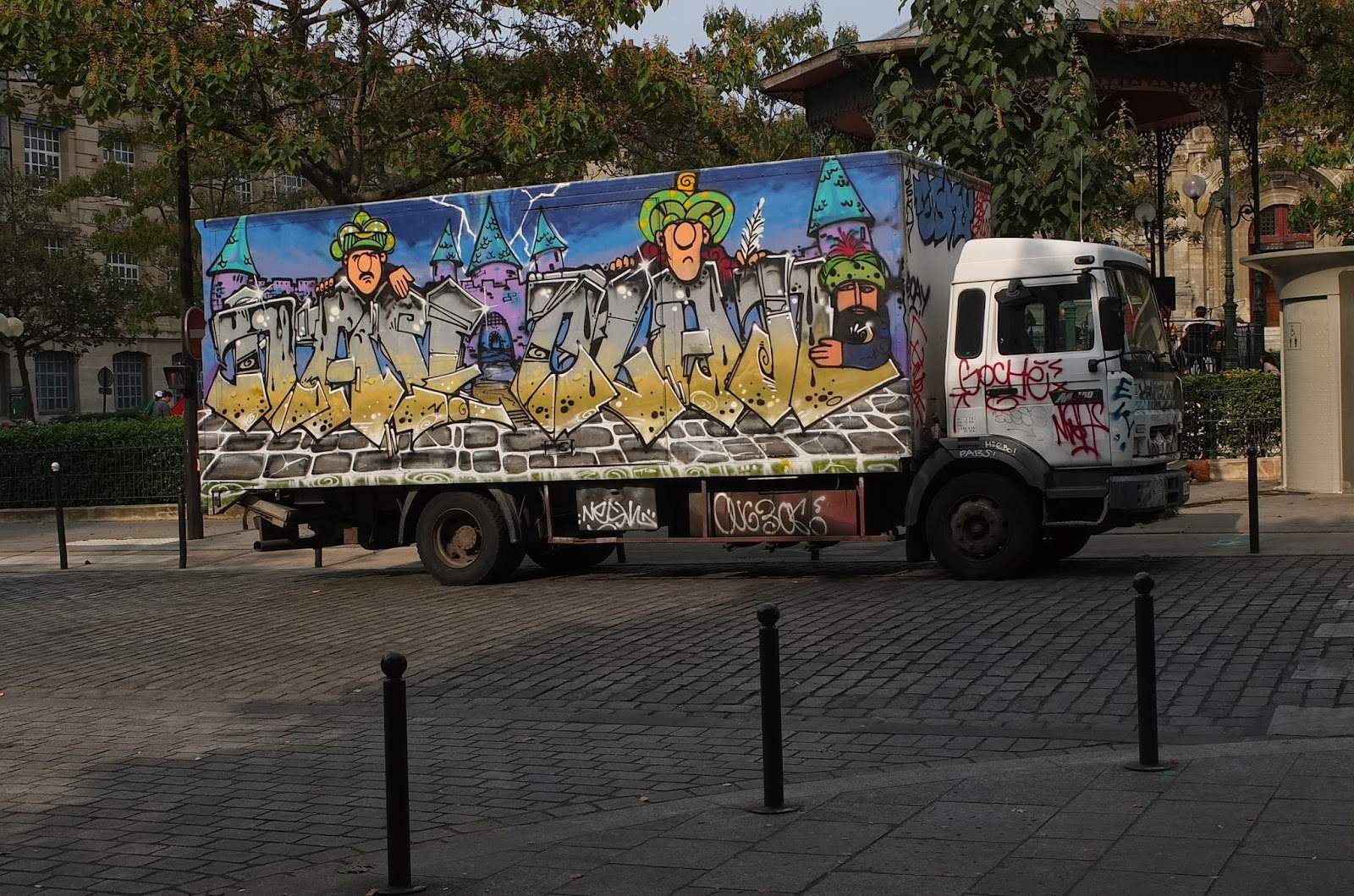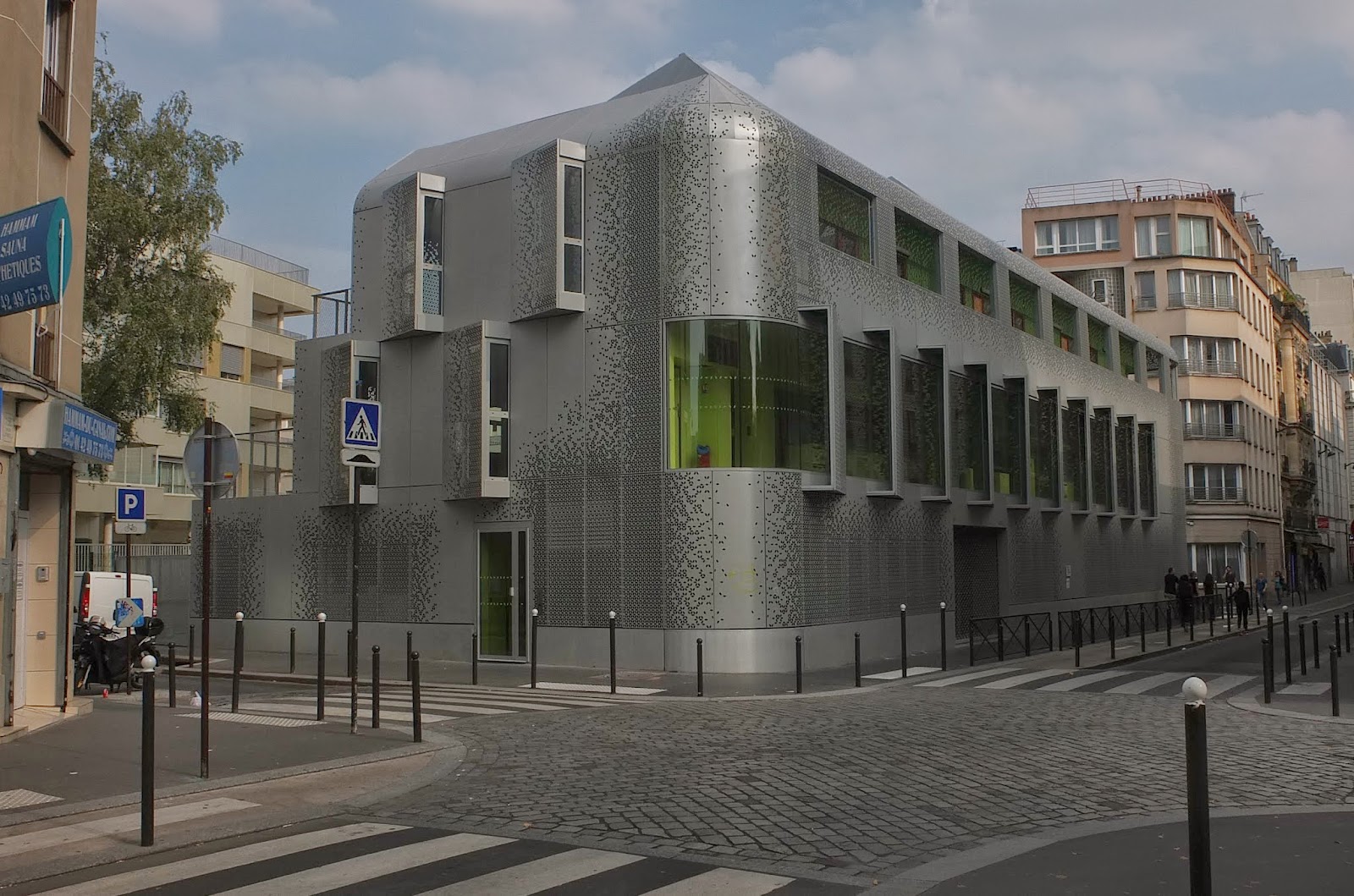Le onze novembre,
a bright, clear day. I picture all those hundreds of uniformed men and women
milling around Westminster, and the old men in wheelchairs, the gnarled old men
their chests heavy with medals, their legs useless. Saluted and saluting.
Living where
I do in Paris, I have no sense of how the remembrance of ‘the Great War’ - the
war that was supposed to end all wars but only set the scene for all the others
since - is marked officially. I’d have to go down to the Champs Elysees, not
far as the crow flies, but as I feel today, a world away.
Until the
end of this month there is an exhibition of Great War photographs at the Gare
de l’Est - portraits of the last living poilus (squaddies), images of landscapes
and objects, taken by Didier Pazery. It’s both inside the station itself and on
the railings outside that station which, more than any other Parisian station
was the bridging point between the fronts to the north and east and ‘back
home’.
Among the
photos is one of an old Senegalese man. He’s standing outside his home, a tin-
roofed hut with grass walls.
 |
| Abdoulaye N'Diaye outside his home |
There is text alongside each of the photos. Here is
an extract from what his says:
Abdoulaye N’Diaye, born 1894, conscripted
into the French Army in 1914. Wounded in Belgium but continued to serve in both
the Dardanelles and the Somme.
“I was woken
at dawn. “Soukoundou, the son of your uncle has been forced to join the French
army. I didn’t hesitate. The next day before sunrise I saddled my horse and I
went to find Soukoundou. I got him released in exchange for signing up myself.
My uncle and his family had always been very good to me. I was strong and fit.
“When we got
to Thiaroye, near Dakar they put us into uniform and then we were taken by boat
to Morocco where we carried out a number of missions. One day they told us that
we were to go to the white man’s country (le pays des blancs) where a war had
broken out. I never saw a white man, until I was in my teens.
“The white
man’s country was deserted. The Germans had blown up a bridge so we had to cut
our way through the undergrowth like we would do in the bush. That’s when I
found the body of a woman. She was dead but her little baby was still at her
breast. The horror of that sight has stayed with me to this day. It was my first
corpse but I saw many more after that.
“France
forgot us once we weren’t needed any more. France had promised that we would be
recognised, that our efforts would be rewarded, our losses would be
recompensed, but she didn’t keep her promise for years after and when she did,
the pension we were paid was very small.”
At the end
of last month I went to see ‘Of Men and
War’ (directed by Laurent Becue-Renard), in le cinema du Pantheon at the
top rue Victor Cousin in the Quartier Latin.
It’s a little over two hours long
and documents a series of therapeutic sessions with a group of American veterans (from
Iraq, Afghanistan, Vietnam), and some interviews with their partners/families.
Mostly you’re with these angry, depressed, incoherent men. Big strong men, sheltering
behind dark glasses, talking, shouting, weeping, cursing the horrors that they
can’t dislodge from their minds – the dismembered comrades, the eviscerated
babies, the body parts to bag up, the explosion that rips apart the armoured
car ahead of yours ...
The
Sarajevo wind
leafs
through newspapers
that
are glued by blood to the street;
I
pass with a loaf of bread under my arm.
The
river carries the corpse of a woman.
As
I run across the bridge
with
my canisters of water,
I
notice her wristwatch still in place.
Someone
lobs a child’s shoe
into
the furnace. Family photographs spill
from
the back of a garbage truck;
they
carry inscriptions:
Love
from... love from... love...
There’s
no way of describing these things,
not
really. Each night I wake
and
stand by the window to watch my neighbour
who
stands by the window to watch the dark.
Goran Simić
(English translation David Harseni)
..
if in some smothering dreams you too could pace
Behind
the wagon that we flung him in,
And
watch the white eyes writhing in his face,
His
hanging face, like devil’s sick of sin;
If
you could hear, at every jolt, the blood
Come
gargling from the froth-corrupted lungs.
Obscene
as cancer, bitter as the cud
Of
vile, incurable sores on innocent tongues, -
My
friend, you would not tell with such high zest,
To
children ardent for some desperate glory,
The
old Lie: Dulce et decorum est
Pro
patria mori.
Dulce et Decorum, final verse
Wilfred Owen
.jpeg)



















.jpg)
